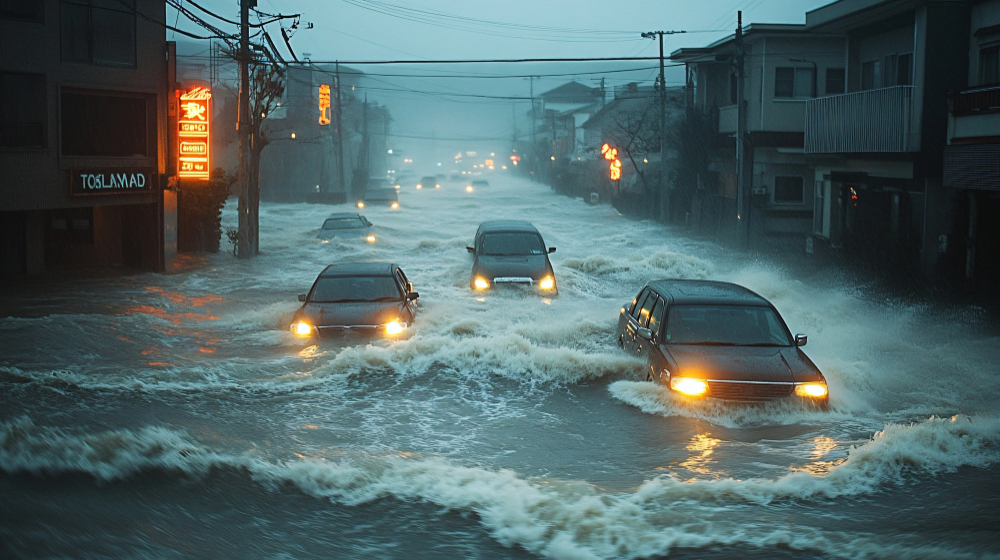How to check road flooding levels without getting out of your car?

(Photo Credit: freepik)
Driving in the rain requires extra caution, as accidents can occur more easily than usual.
When encountering flooded roads, it's important to assess the water level carefully before deciding to drive through, as driving through water that's too deep can damage your vehicle. So how can you evaluate the water level without leaving your car?
Assess based on other vehicles
- Observe the water level on other cars driving past or in the same area. This can give you a good indication of the water depth.
Assess from surrounding objects
- Look at nearby objects like electric poles, road signs, or trees. You can gauge the water level by seeing how much of these objects are submerged or have water marks.
Assess based on your own vehicle
- Typically, the maximum water depth your vehicle can safely drive through should not exceed the height of your car’s door, exhaust pipe, or about halfway up your tires. This prevents water from entering the engine or interior cabin.
Situations where you shouldn’t drive through flooded water
- Water levels are too high for your vehicle
- Strong water currents
- You can’t see the road surface
When driving in heavy rain or through flooded roads, it’s not always best to drive through water to reach your destination quickly. Driving through floods can damage your engine and compromise your safety and that of other drivers. Therefore, it's recommended to avoid driving through flooded areas if possible.
Claim your free car valuation today!
Read More: Snake in Your Car? Here’s How to Handle the Situation Safely
Looking for a car appraisal? You can contact us for a free car valuation within 24 hours…
